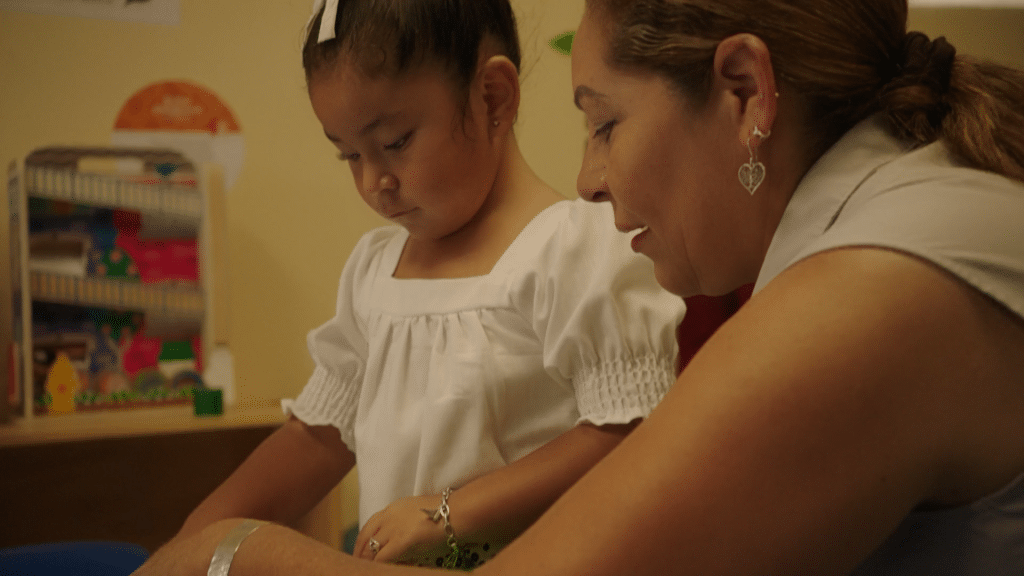
When nonprofit organizations are financially healthy and resilient, they can spend more time focused on achieving their missions and less time worrying about making payroll, paying utility bills, and simply trying to stay afloat.
For the past six years, we have helped to cover our grantees’ indirect costs, or the expenses of doing business that are not tied to a particular grant but are necessary for an organization to operate.
As a result, we’ve taken it a step further and refined our approach. The Packard Foundation now provides a minimum indirect cost rate of 15-25% on project grants based on the grantee organization’s budget size.
How We Got Here
In 2017, the David and Lucile Packard Foundation joined a collaborative now known as Funders for Real Cost, Real Change (FRC), a group of 12 foundations focused on ending practices that inadequately cover the complete costs of project grants and inadvertently undermine the organizational health of our grantees.
As a result of our learnings and involvement, in September 2019, we announced our commitment to intentionally support indirect costs—often referred to as overhead—that are incurred during project work and are essential to the sustainability of any organization. At that time, we removed the cap on indirect cost rates and revised our guidelines to encourage our grantee partners to include the full costs of our project grants in their grant proposals.
Since that time, we learned that this process often created extra work for both grantee partners and staff and still fell short of covering healthy indirect cost rates. We learned many grantees continued to downplay their indirect costs rates because they have been led to believe—or they fear we believe—the myth that low indirect cost rates are an indicator of a more efficient organization.
Providing adequate funding for grantees not only allows organizations to adequately pursue their critical, mission-driven work; it is a critical step toward addressing field-wide issues like the chronic underinvestment in nonprofit organization infrastructure.
We knew we could do more.
Just as we have worked to develop and launch our new strategic framework and are evolving our work to address the most pressing issues of our world today, we continue to pursue greater impact and partnership through our grantmaking process itself.
Evolving Our Commitment to Embed Equity in our Grantmaking Processes
As we develop our new initiatives, the Packard Foundation is fully committed to ensuring that all proposals reflect more accurate direct and indirect costs for the work being funded without additional asks.
Using data from our portfolio of grantees and help from nonprofit financial expert BDO, we settled on a tiered indirect cost rate based on grantee organization annual budget size:
- 25% minimum indirect cost rate for grantees with budgets under $5 million;
- 20% minimum indirect cost rate for grantees with budgets between $5 million and $50 million; and
- 15% minimum indirect cost rate for those with budgets over $50 million.
This new structure covers the reported indirect costs of the majority of our U.S. grantees in each of the tiers.
This tiered approach reflects our commitment to structure awards in ways that equitably support actual costs for projects and to meet organizations’ financial needs as small organizations often have less access to unrestricted funding and lower reserves.
We are committed to listening and learning to ensure our operations reflect the just and equitable world we are working to create. It is not enough to support projects that align with our vision—we must also invest in the organizations and people who are working to get us there.





